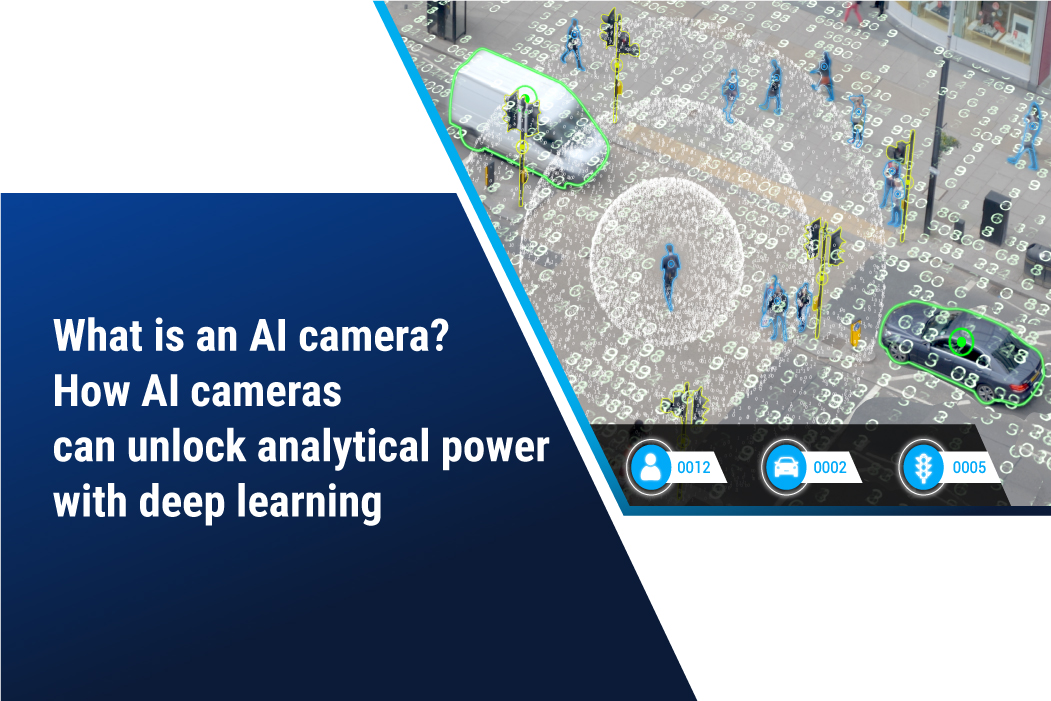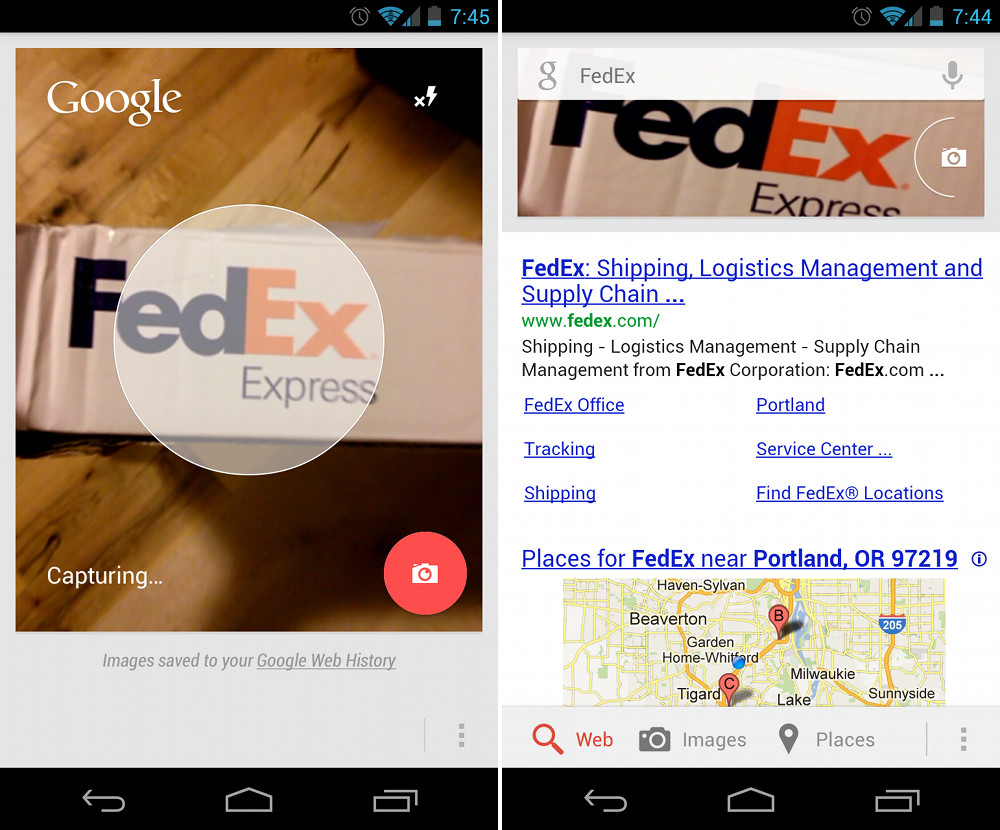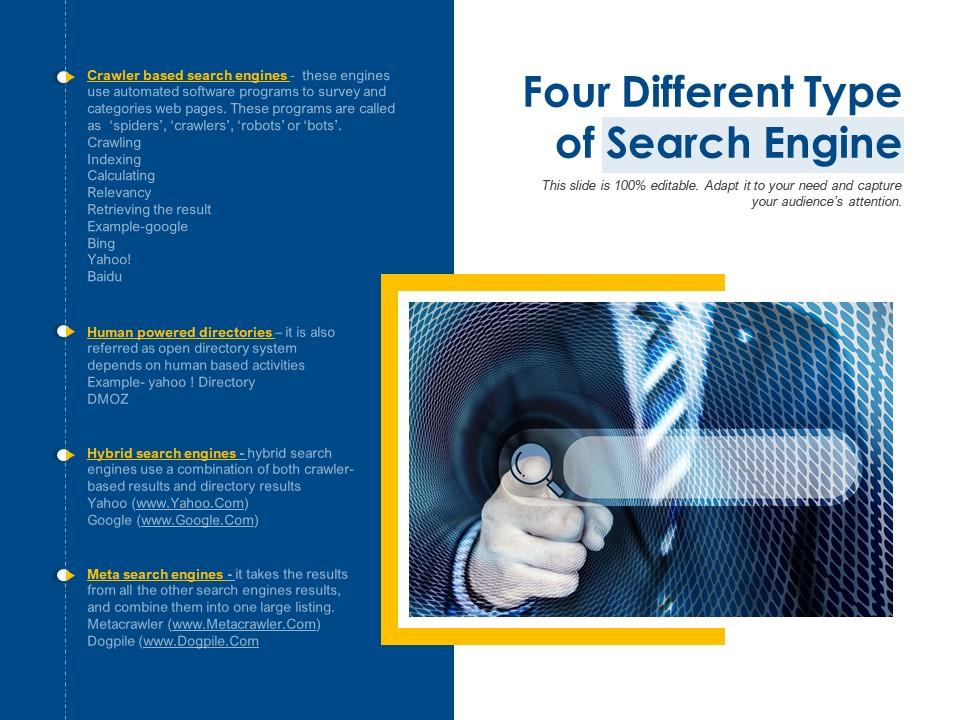Unlocking the Power of Camera-Based Search
The way we search for information online is undergoing a significant transformation. Gone are the days of typing keywords into a search engine and scrolling through pages of results. With the rise of camera-based search, users can now find what they’re looking for with just a snap of their smartphone camera. This innovative technology is revolutionizing the way we interact with the internet, making it faster, easier, and more intuitive. By using visual search, users can search Google by taking a picture, eliminating the need for tedious typing and sifting through irrelevant results.
Visual search is not just a novelty; it’s a game-changer. According to recent studies, over 60% of online users prefer visual content over text-based content. This shift in user behavior has led to the development of advanced visual search algorithms that can accurately identify objects, scenes, and activities within images. With camera-based search, users can point their smartphone camera at an object, and the search engine will provide relevant information, such as product details, reviews, and prices.
The implications of visual search are far-reaching. For instance, online shoppers can use visual search to find products they see in stores or in magazines, eliminating the need for manual searches. Travelers can use visual search to identify landmarks, monuments, and other points of interest, making navigation easier and more enjoyable. The possibilities are endless, and as the technology continues to evolve, we can expect to see even more innovative applications of visual search.
How to Search Google Using Your Smartphone Camera
Searching Google using your smartphone camera is a straightforward process that requires minimal setup. To get started, you’ll need to download and install the Google Lens app from the Google Play Store or Apple App Store. Once installed, open the app and grant it access to your camera.
Next, point your camera at the object, text, or image you want to search for. Google Lens will automatically detect the subject and provide relevant information, such as product details, reviews, and prices. You can also use the app to scan barcodes, QR codes, and other types of labels.
To search Google by taking a picture, follow these steps:
1. Open the Google Lens app and point your camera at the object or text you want to search for.
2. Tap the shutter button to take a photo.
3. Google Lens will analyze the image and provide relevant information, such as product details, reviews, and prices.
4. You can also use the app to scan barcodes, QR codes, and other types of labels.
5. To refine your search results, tap the “Search” button and enter additional keywords or phrases.
Google Lens is a powerful tool that can help you search Google by taking a picture. With its advanced image recognition capabilities and intuitive interface, you can quickly and easily find the information you need.
Google Lens: A Game-Changer in Visual Search Technology
Google Lens is a visual search app that has revolutionized the way we search for information online. With its advanced image recognition capabilities, Google Lens can recognize objects, scan barcodes, and translate text in real-time. This app is a game-changer in visual search technology, making it easier for users to search Google by taking a picture.
One of the key features of Google Lens is its ability to recognize objects. Using machine learning algorithms, Google Lens can identify objects, such as products, landmarks, and artwork, and provide relevant information about them. For example, if you take a picture of a product, Google Lens can provide information about the product, including its price, reviews, and where to buy it.
Google Lens also has the ability to scan barcodes and QR codes. This feature is particularly useful for online shoppers, as it allows them to quickly and easily find product information and reviews. Additionally, Google Lens can translate text in real-time, making it easier for users to communicate across languages.
While Google Lens is a powerful tool, it does have some limitations. For example, it may not always be able to recognize objects or text accurately, particularly if the image is blurry or distorted. However, Google is continually updating and improving the app, so these limitations are likely to be addressed in the future.
Despite its limitations, Google Lens has a wide range of potential applications. For example, it could be used in education to help students learn about different objects and concepts. It could also be used in healthcare to help doctors and patients identify medical conditions and find relevant information.
Overall, Google Lens is a game-changer in visual search technology. Its advanced image recognition capabilities and intuitive interface make it easier for users to search Google by taking a picture. As the app continues to evolve and improve, we can expect to see even more innovative applications of visual search technology.
https://www.youtube.com/watch?v=DAIVjijrYYo
Other Visual Search Apps You Should Know About
Beyond Google Lens, several other visual search apps are making waves in the industry. These apps offer unique features and functionalities that cater to specific needs and use cases. Here are a few notable examples:
Bing Visual Search, for instance, allows users to search for information using images from their camera roll or by taking a new photo. It also supports barcode scanning and can identify objects within images. While it may not be as comprehensive as Google Lens, Bing Visual Search is a viable alternative for those invested in the Microsoft ecosystem.
Amazon Rekognition is a more specialized visual search tool, primarily designed for developers and businesses. It uses deep learning algorithms to identify objects, people, and text within images, making it an ideal solution for applications such as facial recognition, object detection, and content moderation.
Pinterest Lens, on the other hand, is a visual search app that focuses on shopping and e-commerce. It allows users to take a photo of a product or object and find similar items on Pinterest. This app is particularly useful for users who want to discover new products or find inspiration for their next purchase.
Other notable visual search apps include CamFind, which can identify objects and provide information on them, and TapTapSee, an app designed for visually impaired individuals that can identify objects and read text aloud.
When searching Google by taking a picture, it’s essential to consider the strengths and weaknesses of each visual search app. While Google Lens is a powerful tool, other apps may offer more specialized features or better performance in specific areas. By exploring these alternatives, users can find the best visual search app for their needs and unlock new ways to discover information.
Real-World Applications of Visual Search
Visual search is transforming various industries and aspects of our lives. From e-commerce and education to healthcare and beyond, the technology is being leveraged to improve efficiency, accuracy, and accessibility. Here are some examples of how visual search is making a tangible impact:
In e-commerce, visual search is revolutionizing the way customers discover and purchase products. For instance, apps like Pinterest Lens and Amazon Rekognition allow users to take a photo of a product or object and find similar items online. This feature has been particularly useful for customers who want to find specific products or get inspiration for their next purchase.
In education, visual search is enhancing the learning experience for students. For example, apps like Google Lens can help students identify objects, plants, and animals in their surroundings, making learning more interactive and engaging. Additionally, visual search can assist students with disabilities, such as visual impairments, by providing audio descriptions of images and objects.
In healthcare, visual search is being used to improve patient outcomes and streamline clinical workflows. For instance, medical professionals can use visual search apps to identify medical conditions, such as skin diseases or tumors, and access relevant information and treatment options. Visual search can also help patients identify medications and access instructions on how to take them.
Visual search is also being used in various other industries, such as real estate, where it can help users find properties that match their desired features and location. In the food industry, visual search can assist users in identifying ingredients, recipes, and nutritional information.
Moreover, visual search can also facilitate communication across languages and cultures. By using visual search apps to translate text and provide information in multiple languages, users can overcome language barriers and access information that was previously inaccessible.
As the technology continues to evolve, we can expect to see even more innovative applications of visual search in various industries and aspects of our lives. By searching Google by taking a picture, users can unlock new ways to discover information and improve their daily lives.
Overcoming Language Barriers with Visual Search
Visual search has the potential to break down language barriers and facilitate communication across cultures. With the ability to translate text and provide information in multiple languages, visual search apps can help users overcome language gaps and access information that was previously inaccessible.
Google Lens, for example, can translate text in real-time, allowing users to read signs, menus, and other written content in their native language. This feature is particularly useful for travelers who may not speak the local language, or for individuals who want to learn a new language.
Other visual search apps, such as Bing Visual Search and Amazon Rekognition, also offer translation capabilities. These apps can translate text, speech, and even images, making it easier for users to communicate across languages.
Visual search can also help bridge cultural gaps by providing information about different cultures and customs. For instance, users can take a photo of a traditional dish or a cultural artifact and learn more about its significance and history.
Moreover, visual search can facilitate communication between people with disabilities. For example, visual search apps can provide audio descriptions of images and objects, helping visually impaired individuals to navigate their surroundings.
By searching Google by taking a picture, users can access information in multiple languages and overcome language barriers. This feature has the potential to revolutionize the way we communicate and access information, making it easier for people to connect and learn from each other.
As visual search technology continues to evolve, we can expect to see even more innovative applications of language translation and cultural exchange. With the ability to search and access information in multiple languages, visual search has the potential to break down language barriers and bring people closer together.
The Future of Search: What to Expect from Visual Search
As visual search technology continues to evolve, we can expect to see significant advancements in the way we search and interact with information online. Here are some potential developments and applications that may shape the future of visual search:
Augmented Reality (AR) Integration: Visual search is likely to play a key role in the development of AR technology. By using visual search to identify objects and environments, AR apps can provide users with more accurate and relevant information, enhancing the overall AR experience.
Artificial Intelligence (AI)-Powered Search: AI is expected to play a major role in the future of visual search, enabling more accurate and efficient image recognition and analysis. AI-powered visual search apps can learn from user behavior and adapt to their preferences, providing more personalized search results.
Multi-Modal Search: Future visual search apps may incorporate multiple modes of search, such as voice, text, and image search, to provide users with a more comprehensive search experience. This multi-modal approach can enable users to search for information in a more flexible and intuitive way.
Visual Search in Emerging Markets: Visual search is likely to have a significant impact in emerging markets, where access to information and education is limited. By providing users with a simple and intuitive way to search for information, visual search can help bridge the knowledge gap and promote digital inclusion.
Increased Adoption in Industries: Visual search is expected to be adopted in various industries, such as healthcare, finance, and education, where it can help professionals and individuals access information more efficiently and accurately.
As the technology continues to evolve, we can expect to see more innovative applications of visual search. By searching Google by taking a picture, users can unlock new ways to discover information and interact with the world around them.
The future of search is likely to be shaped by visual search, and it’s exciting to think about the possibilities that this technology can bring. As we continue to explore the potential of visual search, we can expect to see new and innovative applications that transform the way we live, work, and interact with information.
Conclusion: The Rise of Visual Search and Its Impact on Our Lives
Visual search has come a long way since its inception, and its impact on our lives is undeniable. With the ability to search Google by taking a picture, we can now access information in a more intuitive and efficient way. The rise of visual search has revolutionized the way we find information online, and its potential applications are vast.
From e-commerce and education to healthcare and beyond, visual search is transforming various industries and aspects of our lives. Its ability to recognize objects, scan barcodes, and translate text has made it an indispensable tool for individuals and businesses alike.
As we look to the future, it’s exciting to think about the possibilities that visual search can bring. With advancements in augmented reality and artificial intelligence-powered search, we can expect to see even more innovative applications of visual search.
In conclusion, visual search is no longer just a novelty, but a powerful tool that has the potential to revolutionize the way we find information. By exploring the possibilities of visual search, we can unlock new ways to discover information and improve our daily lives.
As we continue to navigate the increasingly digital landscape, it’s essential to stay ahead of the curve and adapt to new technologies. Visual search is just the beginning, and its impact will be felt for years to come.
So, the next time you need to find information, remember that you can search Google by taking a picture. The possibilities are endless, and the future of search has never looked brighter.







